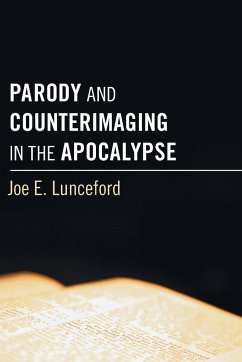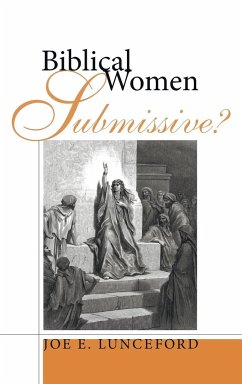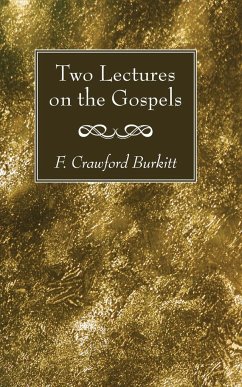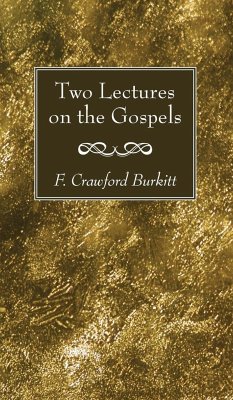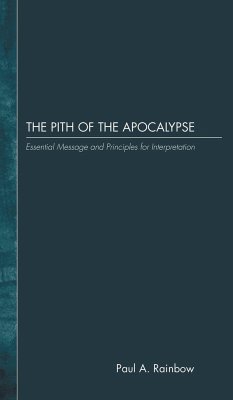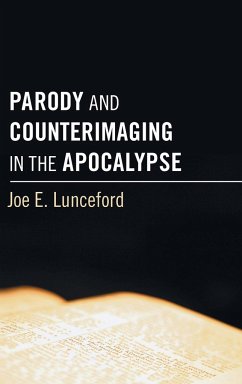
Parody and Counterimaging in the Apocalypse
Versandkostenfrei!
Versandfertig in 1-2 Wochen
53,99 €
inkl. MwSt.
Weitere Ausgaben:

PAYBACK Punkte
27 °P sammeln!
As numerous scholars have noted, The Revelation was first received orally. Directed not merely to the intellect, its author deliberately employed different literary schemes and devices to evoke the imagination of his audience. In this new study, Joe Lunceford examines the specific use of parody and counterimaging in The Revelation, arguing that this often overlooked device was an essential means by which its author engaged the imagination of his readers and hearers. In light of the best of recent scholarship on The Revelation, Lunceford examines over thirty uses of this device--most notably th...
As numerous scholars have noted, The Revelation was first received orally. Directed not merely to the intellect, its author deliberately employed different literary schemes and devices to evoke the imagination of his audience. In this new study, Joe Lunceford examines the specific use of parody and counterimaging in The Revelation, arguing that this often overlooked device was an essential means by which its author engaged the imagination of his readers and hearers. In light of the best of recent scholarship on The Revelation, Lunceford examines over thirty uses of this device--most notably the contrasting images of the ""evil trinity"" of dragon, beast from the sea, and beast from the earth and the Holy Trinity.





